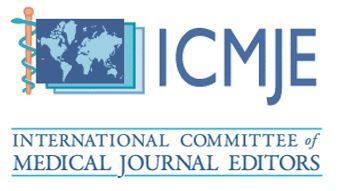The Silent Expansion of Rabies in Borneo
DOI:
https://doi.org/10.51200/bjms.v13i2.1837Keywords:
rabies, Borneo, silentAbstract
Among dengue, malaria, leptospirosis, cholera and tuberculosis, we often forget about rabies. Globally, an estimated 60,000 people die of rabies annually, and more than half of these deaths occur in Asia1. Among all infectious diseases, rabies is most fatal where the mortality rate of human rabies is 100%. On the other hand, rabies is 100% preventable if vaccine is administered timely. Rabies has been known to occur in Peninsular Malaysia since 1884, and since 1924 human rabies cases have been recorded. Most of these cases occurred in states bordering Thailand, which is highly endemic for rabies2. The incidence rose markedly in late 1945 with the reoccupation by Allied Forces, many of whom had come from India had brought their dogs with them3. A major outbreak of rabies occurred in Province Wellesley and Perak in 1945, and subsequently in Selangor in 19523 The total human death from rabies in Malaya from 1946 to 1952 was only 253. Outbreak was controlled by compulsory mass vaccination of dogs, stringent legislation, intensive stray-dog destruction, and mass education. These prompted a National Rabies Control Programme of compulsory vaccination of all dogs and a rigorous programme of destruction of stray dogs3 . However, small outbreaks and sporadic cases of animal and human rabies continued to occur in the northern states of Perlis, Kedah and Kelantan and also in Selangor2 . With continuous efforts, Malaysia was declared rabies free in 2013. However, rabies outbreak occurred in July 2015 in three states – Perlis, Kedah and Penang. After several years this was a new challenge for the authorities and was resolved by November 2015 after extensive vaccination and culling of dogs and awareness campaign4 . The outbreak in Perlis and Kedah were hypothesized to have originated from neighbouring Thailand by land movement, but the outbreak in Pulau Penang was hypothesized to have originated by sea through fishermen boat4. It is noticeable that the first rabies outbreak in Terengganu in 1996 was also by dogs from Thailand brought by fishermen boat4.
Downloads
Published
How to Cite
Issue
Section
License
The copyright of the article belongs to the authors, who retain ownership of their work published in the journal. Their work is distributed under the CC BY-NC 4.0 license








1.png)




